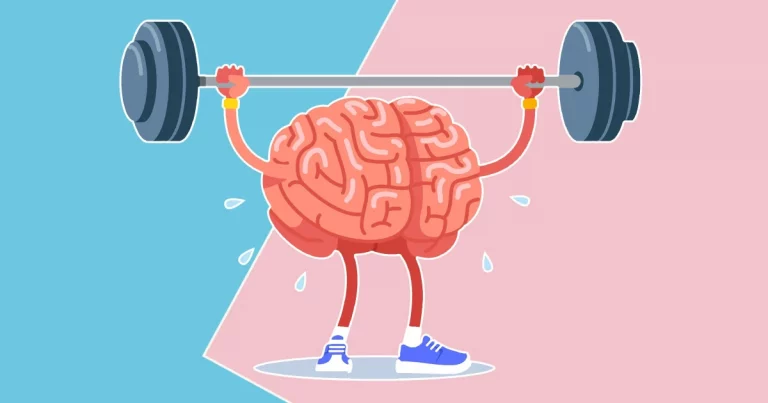3 Best Books to Build Lasting Good Habits
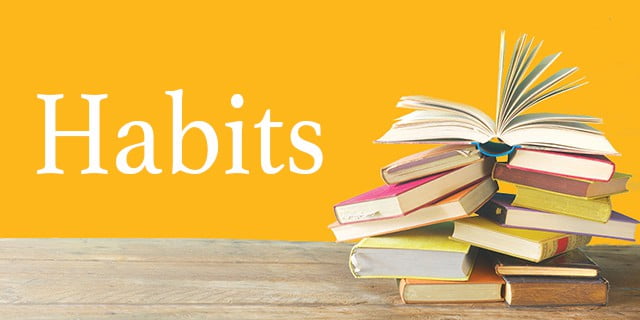
At 120m deep, the Twin Towers of Malaysia has the world’s deepest foundations, highlighting the incredible engineering feats that can be accomplished when its foundations are built strong enough.
The same is true of habits, the foundation upon which we build our careers, businesses, and ultimately success.
That is why I have created a summary of the three most important books regarding habit building (well, I excluded my own in the interest of remaining humble!)
1) Atomic Habits - James Clear
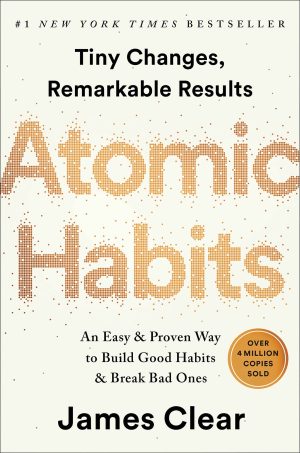
Habits are the foundation of productivity and Atomic Habits by author James Clear is one of the clearest and most concise books on how to effectively build great habits.
More importantly for some of us, the same processes can be applied to break unproductive habits. Either way, the emphasis rests on changing our behavior with minimal resistance from our brains.
James Clear outlines the four fundamental components that are necessary to alter our behavioral habits, all of which must be present for change to occur.
1) Habits need to be obvious.
There can be no room for interpretation or a chance that the habit can be avoided. For example, if you want to create a habit to remember to take your pills, you need to set an alarm. If you want to start eating healthier, you need to research and prepare all your recipes in advance. If there is any ambiguity you will most likely forget, or fail to attempt the activity altogether.
2) Habits need to be easy.
If your proposed habit to eat healthily has too many steps involved then you are likely to fail. For example, if you attempt to cook a healthy dinner, but you have to first go to the store to buy groceries, find a recipe you like, and then cook for an hour, there are too many steps and you are likely to fail.
Instead, the task needs to be made as easy as possible. Buy groceries and meal prep a week’s worth of food in advance so all you need to do when it is time to eat a healthy meal is go to the fridge, grab a meal and warm it up. The easier the task the more likely you are to successfully build a habit.
3) The Habit needs to be attractive.
This can be difficult as most habits we wish to adopt go against our primal urge for immediate gratification. We can, however, seek to make the habit as attractive as possible. If your healthy meals consist of simply blending vegetables into a tasteless smoothie, this is not attractive and you are more likely to buy convenient junk food instead. Make the effort to make your food more attractive and you will be much more likely to eat it consistently.
4) Finally, the habit needs to be satisfying.
There needs to be a sense of reward for completing the habit. The satisfaction of eating healthily can be going to sleep knowing you were strong enough to stick to your diet and avoid those unhealthy foods. Longer-term, you will experience great satisfaction when the weight starts falling off. Without a sense of satisfaction, you will soon burn out of enthusiasm for your habit.
The book also outlines two powerful strategies to help achieve the above components. The first is a technique called habit stacking. Here the new habit you wish to create is built off an already established habit.
As a child, you stacked the habit of washing your hands after using the toilet. The act of flushing the toilet became the trigger for washing your hands, and soon the two became synonymous.
When you stack a new habit with an existing habit, you use the momentum of the old habit to make the new one easier to initiate. Think of it like riding a bike downhill to build enough momentum to get up the next hill.
The second strategy is to use a starting ritual. The starting ritual is the minimum number of steps you need to perform to ensure there is sufficient momentum to keep your habit going. Almost all starting rituals can be completed in two minutes or less.
For example, if you start the process of reading just one page a night, you will quite often find this gives you the momentum to continue reading a few more pages, and perhaps finish the entire chapter. If not, at least you have read one more page than you would have done otherwise.
Your Free Book is Waiting
You’ll Learn:
- How to Create Habits – The Right Way
- Create a Bulletproof Plan to Achieve Your Goals
- Master the Art of Failing
- Rediscover Your Love of Learning
- Instantly Become More Personable
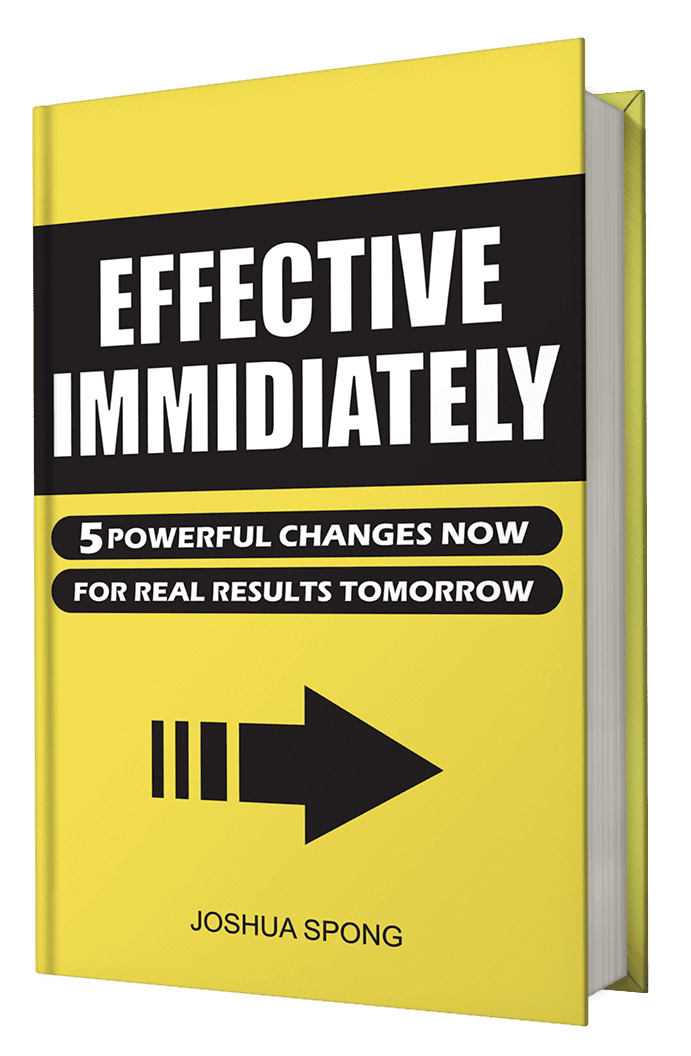
2) 7 Habits of Highly Effective People - Stephen Covey
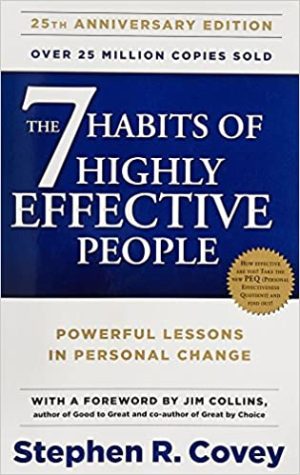
The 7 Habits of Highly Effective People, first published in 1989, is a business and self-help book written by Stephen Covey.
At release, the book was a significant change in approach towards the subject of self-development as it focused not only on characteristic changes as most books of the time did, such as public image, but also on how others view you and winning over others but also on personal changes and changes from within, such as integrity, humility, and courage. It takes a deeper inside-out approach as opposed to an exterior change as most books of the time did.
As the title suggests, the book focuses on 7 key habits of highly successful people.
The first habit is to be proactive and focus only on tasks where change is within our control.
Even at times when complaining may be justified, proactive people do not waste their time with such activities that they cannot change. Instead, they take action and ownership only of things they can control.
Habit 2 states you must begin with the end in mind. If you read my book you should fully appreciate the power of setting goals to visualize your endpoint.
These endpoints occur twice, once in your mind, and again when you complete it. Before you can accomplish anything you need a destination, an end goal. The goals themselves, however, are not the full picture, you also need to create a path to get there. By beginning with the end in mind, we can draw upon our goals when things start to get tough.
Habit 3 states to put first things first. Break your goals into actionable tasks and place them in order of most importance. Take the single actions required to accomplish your dreams.
The Pareto principle states that, for many events, roughly 80 percent of the effects come from just 20 percent of the causes. This means you must find and focus on those tasks which are the most immediately important to progress towards your goals in the most efficient way possible.
Covey suggests categorizing tasks into four categories: urgent, not urgent, important, and not important to help rank your tasks in terms of priority and boost your efficiency and productivity.
Whereas the first three chapters work on independence and self-mastery, the next three are dedicated to interdependence, the reliance of two or more people on each other, a level even higher than independence.
Habit 4 explains how to think win-win. Many, especially inexperienced salespeople, believe winning for them involves the other party losing. Every cent squeezed out of someone else is one more in your pocket. While true, this short-term gain often risks potential future profits.
By providing value to the other party, they are much more likely to return the favor with future business; a win-win. This involves the mindset of abundance, where life isn’t seen as zero-sum (someone must lose for someone else to win), but rather there are infinite opportunities, and a good relationship with clients and customers is often more important than immediate profit.
Habit 5 – seek first to understand, then to be understood. To really understand someone, you first have to listen to them. Covey mentions his son, who he claims never does what he is told. Covey’s friend, however, says that makes no sense, as to understand someone you first need to listen to them.
While seemingly obvious, it is surprising how frequently people fail here. When a conversation is emotionally driven, listen and empathize, don’t immediately offer advice.
Only when logic starts to return, such as when they ask for advice, should you then offer it. Whenever the conversation starts to turn emotional again, simply return to emphatically listening until logic returns.
Habit 6 – synergize. This chapter highlights the effect that people are more capable when working together.
Much like how two planks of wood when placed on top of each other more than double in strength, two people working together are often more capable than the sum of both working individually. The power of the whole is greater than the sum of its parts.
The final habit, Habit 7, deals with efficiency in the topic “sharpen the saw”.
Covey uses the example of taking six hours to cut down a tree with a blunt saw. Someone asks him to sharpen the saw to cut the tree easier. He says he doesn’t have time, he needs to cut the tree down in six hours.
But if he spent one hour sharpening the saw, it would then only take three hours to cut down the tree, a saving of two hours. This topic aligns with the saying “work smarter, not harder”.
3) The Power of Habit - Charles Duhigg

While similar in principle to the first book, atomic habits, Charles Duhigg brings a lot of neuroscience to back up his observations.
The Power of Habit is one of the most powerful books for learned behavior, and why it can be so difficult for us to change habits when we become used to certain routines.
Every action we take, whether it be a physical action, emotion, or thought, programs our mind, and the more we repeat these actions, the stronger the connections become.
At its core, The Power of Habit argues that the key to exercising regularly, eating healthily, becoming more productive, building productive companies, and achieving success are about understanding how habits work, and utilizing them to transform our businesses, communities, and our lives.
What is especially refreshing about this book is that it is grounded in so much sound scientific evidence, including case studies, interviews, and research from some of the world’s greatest companies. Duhigg worked tirelessly to chase the true science behind his observations.
The book will take you through the following key topics:
1) How habits emerge
Habits, scientists say, emerge because the brain is constantly looking for ways to save effort. Left to its own devices, the brain will try to make almost any routine into a habit, because habits allow our mind to free up cognitive processes for more important tasks.
Isn’t this notion wonderful? Our bodies and brains will automatically work to make life easier for us without us consciously trying to.
They experimented on rats, sending them through a maze. After some time and practice navigating the maze, researchers measured a decrease in the rat’s brain activity while they navigated the maze more quickly.
The researchers found that this automaticity in the rats relied on a part of the brain called the basal ganglia, which took over as the rat completed the maze faster while their brains worked less.
The basal ganglia was central to recalling patterns and acting on them. In other words, it’s responsible for storing habits even while the rest of the brain focuses on other things.
Bad habits can be created because they are easy. It is easier to buy quick convenience foods that are usually unhealthy than it is to research healthy meals, buy the ingredients and make them
2) The Habit Loop
The creation of habits relies on a three-step loop, as follows:
CUE + ROUTINE + REWARD = HABIT
First, there is the cue, a trigger that tells your brain to go into automatic mode and which habit to use.
Then there is the routine, which can be a physical act or a thought
Lastly, there is a reward, which helps your brain figure out if this particular loop is worth remembering for the future.
But showed that multiple studies found that a cue and a reward on their own, are not enough to cement a new habit. Your brain has to expect the reward (and the endorphins/dopamine released when accomplished) before it becomes automatic. The cue must not only trigger the routine, but also the craving for the reward.
3) The golden rule of habit change
There is one eye-opening rule that the book calls “The Golden Rule” – you can never truly extinguish bad habits. Rather, to change a habit, you must keep the old cue and deliver the old reward, but insert a new routine.
This explains why it’s so easy to fall back into old habits. So instead of trying to erase bad habits, we have to replace them with good ones instead.
We have to make sure the habits we choose to replace are good. For example, those who try to stop smoking may choose to replace it with candy or an extra snack. While candy is certainly better than smoking, you have to be careful to stick to it, otherwise, if you fall back into your smoking habit, you will now have two bad habits; smoking and snacking
4) Not all habits are born equal
Some habits have the power to start a chain reaction, changing other habits as they move through an organization. These are called keystone habits.
These habits are like the Pareto principle – 80 percent of the result stems from 20 percent of habits
For example, studies also show that families that eat dinner together raise children with better grades. It’s not that eating together will suddenly make your child more intelligent, it’s that these habits create chain reactions that help other good habits take hold.
Conclusion
So there you have it, three books that are guaranteed to change your habits forever, should you dedicate yourself to the not-so-simple task of applying all of these tips consistently.
Leave a Comment to let me know your thoughts!
Other book reviews you might enjoy:
3 Must-Read Motivational Books

Tallow Vs. Coconut Oil: Which Is Better For Your Skin?
Discover how tallow and coconut oil compare for skin health, hydration, healing, and barrier support—and why tallow’s skin-mimicking nutrients often make it the superior choice.

6 Simple Exercises to Overcome Stress Fast
These quick science-backed exercises calm your body and reset your mind in minutes — anywhere, anytime.

What Is Water Fasting? Benefits, Risks, and Tips
Water fasting is popular for detox and health, but is it safe? Learn what it involves, its benefits, and risks to watch for.

Hedonic vs. Utilitarian Spending: The Psychology of Money Choices
Why do we splurge on pleasures but hesitate on necessities? Learn the science of hedonic vs. utilitarian spending.

Is Tap Water Bad For You – What The Science Reveals
Tap water isn’t always as clean as it seems. Explore what’s really in it and how to make it safe to drink.

The Unconscious Mind: What It Is and Why It Matters
The unconscious mind shapes behavior without awareness. Learn what it is, how it works, and its impact on daily decisions.


